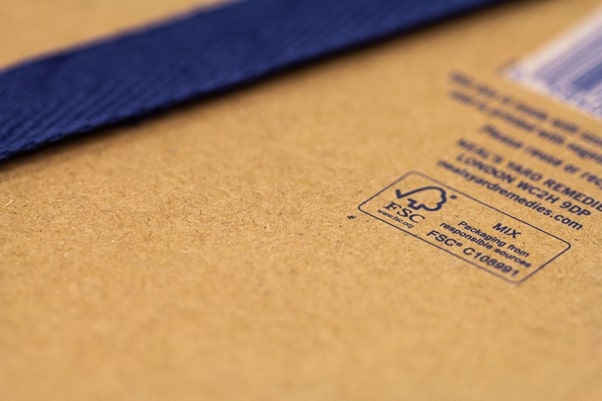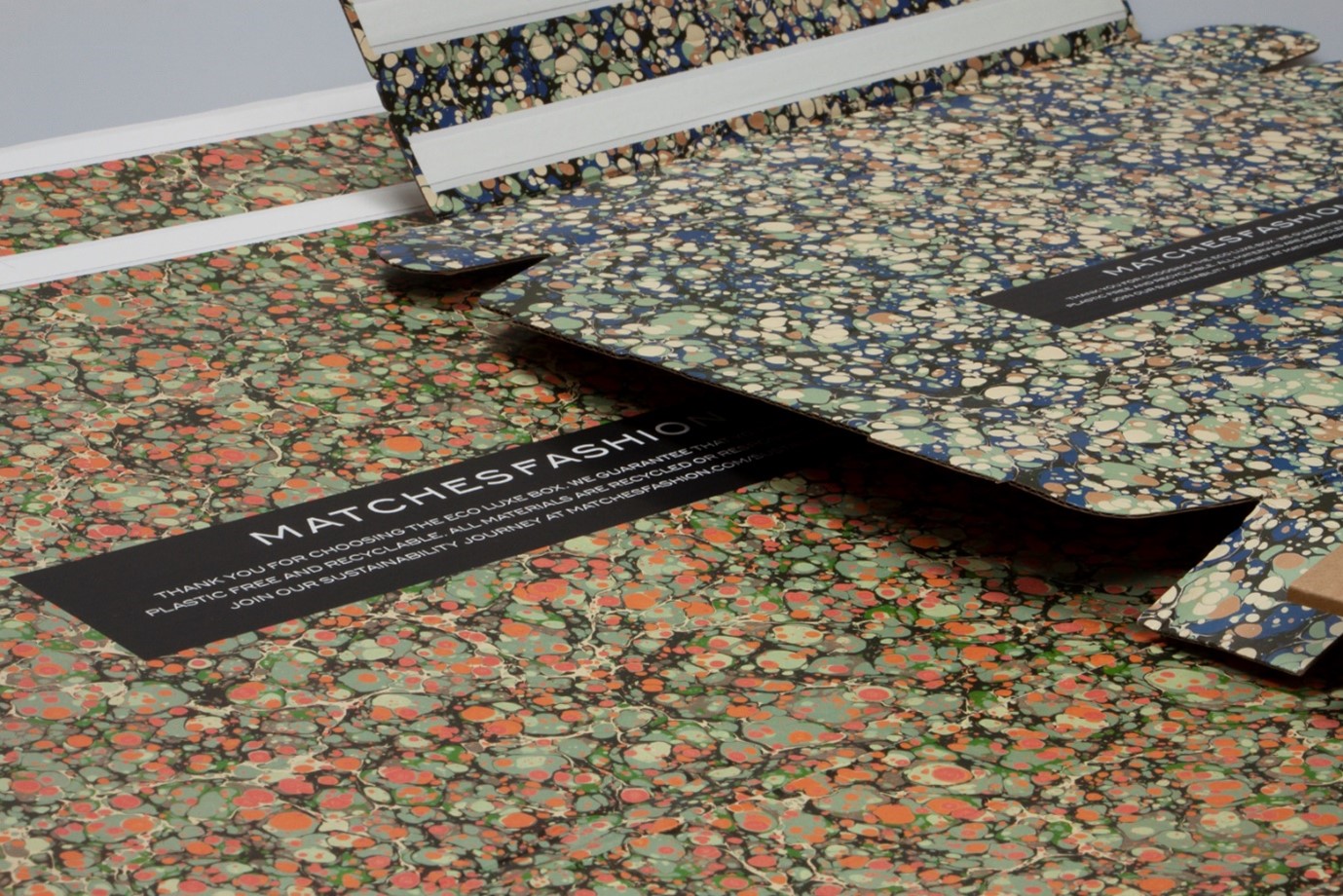
After the pandemic took hold of the world more than a year ago, its impact was far-reaching, with businesses in almost every industry and sector being forced to adjust to the “new normal”. The packaging industry was no exception.
As businesses continue to adapt both their resources and objectives in line with changing consumer habits and needs, every touchpoint of a purchase must now be revised. With the important role that packaging plays in the relationship between brands and consumers, it should be a priority in a brand’s post-COVID-19 business strategy.
Below, we explain how brands can strengthen their image and product offering by utilising packaging options that comply with customers’ new requirements and expectations.
Consumer concerns will shape future buying habits
We’re still amid a global pandemic and, even though positive advancements are being made, businesses must still proceed with caution to protect employees and ensure the safety needs of their customers. Brands must not get complacent and instead, invest more time and effort into adapting internally.
Many individuals will remain anxious about the pandemic, and this behaviour will be reflected in their buying habits. Whether this means they spend more time shopping online to avoid the risk of face-to-face interaction or perform extensive cleaning procedures before bringing packaging into their homes, brands must be prepared to account for these concerns and behaviours.
Streamlined supply chains can help to minimise the number of hands-on interactions with packaging in the production line, reducing the risk of passing on the virus and infecting a customer.
In addition to this, the materials used should also be considered. For example, packaging that can be easily wiped down will be preferable to customers. Similarly, with contactless deliveries, packaging materials need to be able to withstand all weather conditions.
Ethical consumption
While safety concerns take precedence, consumers are also still concerned about the sustainability of product packaging. Brands are now being held accountable for their ethical contributions to sustainability, as well as their performance on climate change. Therefore, they need to meet these concerns to maintain a positive brand reputation and retain brand loyalty, which is vital during what will be a tough period of economic recovery.
One way in which brands can do this is to reduce the amount of packaging they use per product while striving to use recyclable materials more widely.

Durability and reusability
Packaging that is durable and minimal can address all the safety concerns shared by consumers while doing more than the bare minimum for the environment. For example, when you choose more durable materials for your packaging, you’re presenting your customers with options to reuse the packaging in creative ways, giving it a second life, thus reducing both the brand’s and the consumers' carbon footprints.
This particularly applies to the luxury packaging of designer items, as it can be proudly displayed in the home as a form of interior décor. While brand names and logos are typically what makes the good decorative pieces, other brands can still follow suit by creating their own designs that provide a luxurious look and feel.
We believe that the best way to achieve this is through minimalism, as this can fit more seamlessly into people’s homes and match their existing décor. Conveniently, this is also the most effective packaging option for businesses.
In addition, second-hand fashion is rapidly rising in popularity, with sites like Vestiaire Collective doing their bit to combat the amount of waste that is sent to landfills. When a seller has the original packaging of the clothing item they’re looking to sell, it can add value to a piece at resale. By making this known, brands can encourage consumers to keep hold of their packaging once it has served its original purpose, rather than throwing it away.
Of course, durable boxes are the strongest contender for this, as they’re far more likely to be kept, either as a permanent addition to the home, or until it’s time to resell.

Out of the box
Packaging will transcend its physical form as real value can be added through intangible elements, such as messaging, customer experience and socially responsible initiatives. Due to strict social distancing measures, messages with a more personal touch are more likely to be valued and appreciated by customers and can be a crucial way to rebuild customer trust and confidence following the disruption of the pandemic.
These personalised messages can come in many forms, such as thank you cards inserted into the packaging, or thoughtful guides on how to upcycle and reuse the packaging. Brands should use their creativity and think outside the box to exceed customer expectations.
Where possible, digital alternatives should be used, as this can reduce the amount of avoidable waste. For example, brands can use sustainable inks to print scannable QR codes onto their packaging that takes customers to a personalised thank you video. This can demonstrate a brand as an industry leader, one that is focused on pursuing more environmentally friendly options.
The power of social media
Social media trends have a huge part to play when influencing consumer behaviours. Instagram is a highly influential social platform, particularly in the fashion industry. Therefore, it can be leveraged to increase brand awareness through multi-channel campaigns and user-generated content.
Brands are already printing their Instagram handles on their packaging and creating product packaging that is deemed “instagramable”, encouraging users to post pictures and stories of their packaging. However, there is more to be done.
Often, brands will use unrecyclable materials such as ribbons to adorn their packaging, making sure it’s aesthetic. Its these materials that end up in the bin, eventually being sent to landfill and contributing to the excess production of waste.
A way in which brands can combat this is to host a competition, encouraging users to find ways to upcycle and reuse their product packaging. Users can enter the competition by uploading their creations, tagging the brand, and using a dedicated hashtag. Not only will this encourage more people to reuse their product packaging, but it will also generate wider brand awareness online.
Whilst brands have directly suffered because of the pandemic, customers have also faced hardships. Whether it’s their physical or mental health, their finances or their habits, brands now have an important role to play and restoring customer confidence and the economy.
This duty can only be fulfilled if a business adapts every aspect of its business, including its product packaging, which is exactly why post-pandemic packaging must be all about the customer.
To develop your product packaging to comply with the developments in user’s needs, contact us today to find out how we can help.
